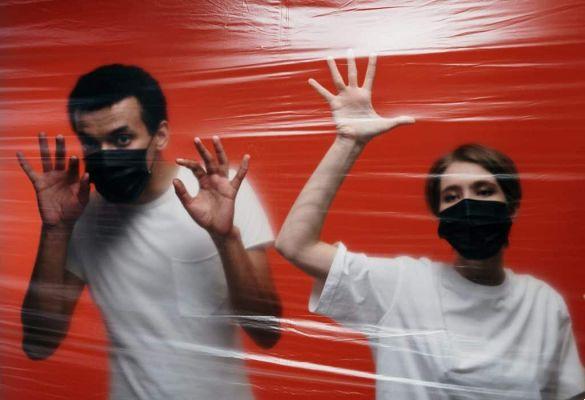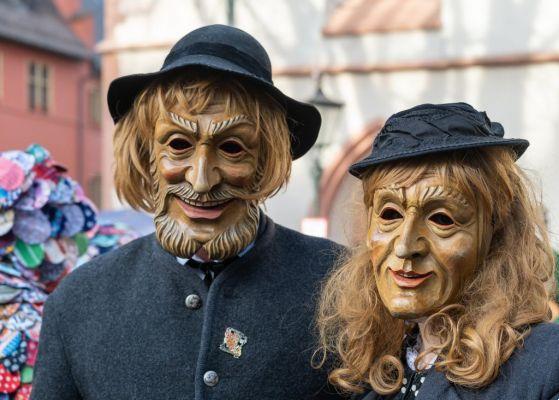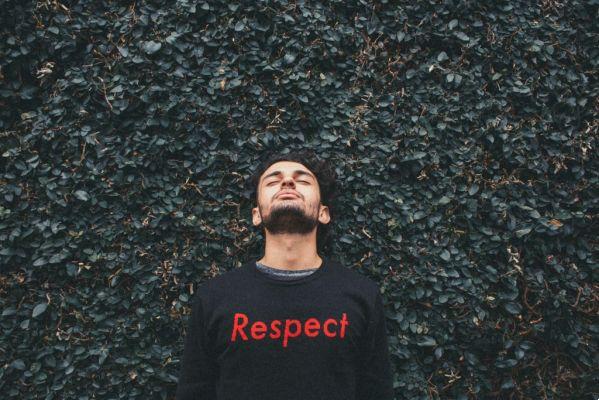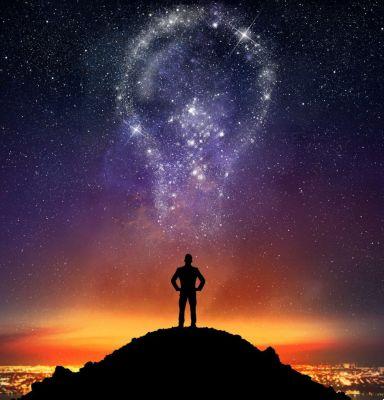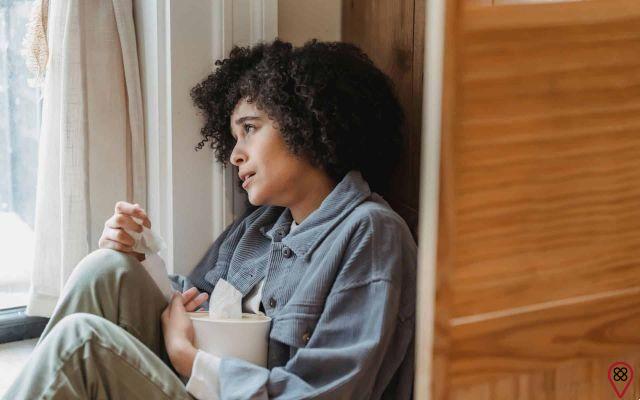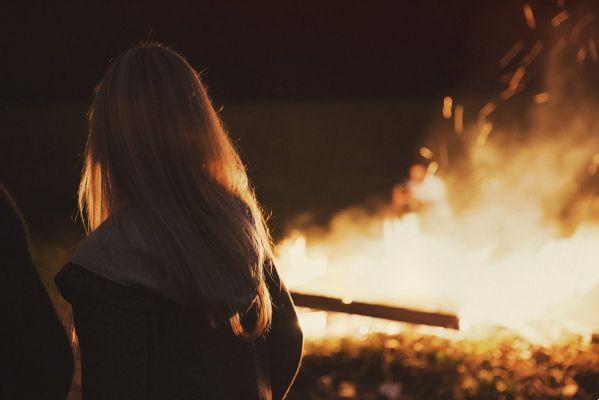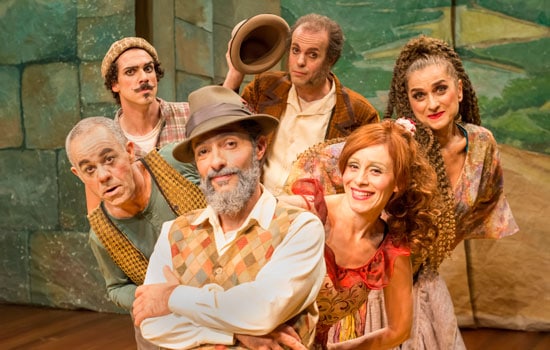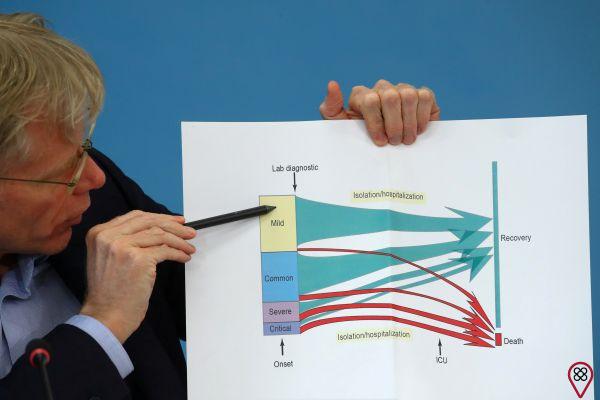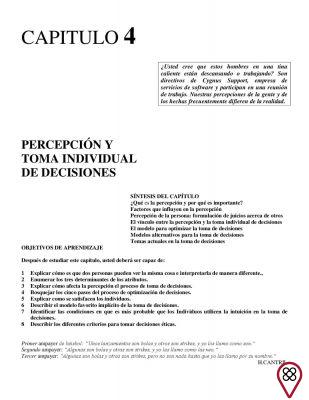Viva – Life is a Party is a 2018 animated feature film directed by Lee Unkrich and Adrian Molina. The film tells the story of Miguel, a 12-year-old Mexican boy who dreams of being a famous musician. Although he has a talent for it, the family disapproves of this desire, because the young man's great-grandfather abandoned his wife to devote himself to music, creating a family aversion to the idea.
However, on the Day of the Dead, an important celebration of Mexican culture, Miguel's future and even his family's past are about to change. When the boy decides to sneak into a music festival, he steals an object that grants him a one-way trip to the world of the dead. From there, the whole plot develops, and the audience is invited to reflect on forgetfulness, death and family affection.
If you want to delve into the universe of Viva – Life is a Party and understand what Mexico thinks about death, investigate the Day of the Dead and the lessons the film conveys, in the following topics. Delight in a new perspective on the end of life and reflect on your departed loved ones.
Death to Mexican Culture
For the ancient civilizations that lived in Mexico since before the country was invaded by colonists, such as the Aztecs, death is not synonymous with the end of existence. On a specific day of the year, the Day of the Dead, celebrated on November 2, departed people have the opportunity to return to Earth to visit relatives and friends who are still alive.
Unlike other cultures, which fear the return of the dead, Mexico celebrates this event with the favorite foods of the deceased, with sugar skulls, with costumes and paintings of skeletons, with flowers and with candles throughout the house.
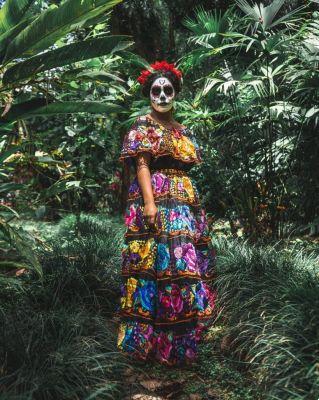
Miguel Bruna / Unsplash
The only rule for the departed to return on the Day of the Dead is for the family to remember them. That's why family portraits and photos are kept with great care, and the stories about these people are told to the youngest members of the families, who have a responsibility to keep the memories of their families alive.
The festival that celebrates the eternal existence of a person from the memory of those who knew him was incorporated into other cultures of the world. Interpretations of the party also take place in the United States of America, New Zealand and Bolivia, for example.
The impact of this tradition is so remarkable that in 2003 the United Nations Educational, Scientific and Cultural Organization (Unesco) declared the Day of the Dead to be a Masterpiece of the Oral and Intangible Heritage of Humanity.
From this, it is possible to understand that, for Mexican culture, the secret of immortality, so to speak, is having someone on Earth who will always remember your history and who you were. In general, this responsibility rests with family members, but it is also common for close friends of the departed person to celebrate the Day of the Dead for them.
Viva Teachings – Life is a party
Now that you know why the Day of the Dead is such a different party and so important to Mexican culture, it's time to learn about the lessons from the movie Viva – Life is a party. The animation set entirely in Mexico, respecting the country's tradition and representing an innovation in American productions, will surprise you.
1) The union of different generations
One of the most important lessons of Viva – Life is a party is the power of the union of different generations. We often lose touch with older people and younger people, stop telling stories and abandon memories about our families.
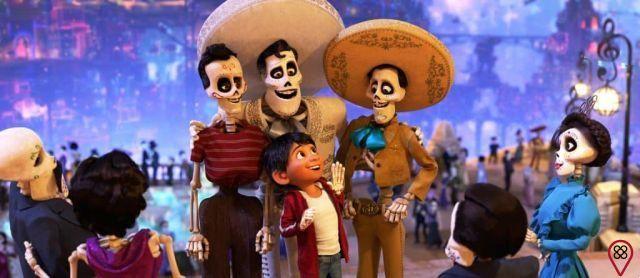
In the film, Miguel joins his deceased relatives, in the world of the dead, in order to find his great-great-grandfather. The union between generations is what allows the boy to return to the world of the living and learn more about his family history, being a great example of the importance of maintaining these affective bonds.
2) A new perspective on death
Death is a subject that causes fear and uncertainty in many people. We don't know what will happen when we're gone, and we're afraid of losing those we love. But with animation, we learn a new perspective on death.
Instead of being a dark and morbid event, death is seen as a passage to another world, which is also very colorful, joyful and happy. Of course, the death of a loved one will always be sad, but it is possible to look at this event with the certainty that that person will continue to exist in your memories.
3) The importance of remembering
Another essential point of Viva – Life is a party is the memory. It is the act of remembering someone that makes that person continue to exist in the world of the dead, being able to enjoy this other moment of their existence.
You may also like
- Understand why we need to talk about death
- Are you afraid of death? Explore this theme!
- Learn about All Souls' Day and Spiritist Doctrine
In a sense that goes beyond the film, it is possible to analyze how memory allows people to unite with what they believe, what they are and what matters to them. We are our memories, and keeping them is what keeps us alive. Life is a party, and death can be too, if the one we love the most is in our memories.
4) The act of dialoguing
A slightly more subtle lesson from the film is the importance of dialogue for a family. Unexplained bans and unresolved stories can divide relatives and cause disagreements that would be resolved with good conversation.
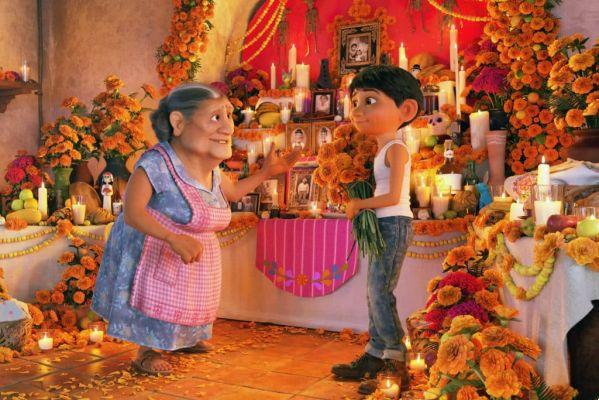
In the film, Miguel's family has the opportunity to discover the truth about the past through dialogue, allowing her to have a completely different future than it would have been if misunderstood matters remained that way. Talking about our fears, fears and dreams with our family members is essential.
5) The desire to follow your dreams
In Viva – Life is a party, there is a conflict between Miguel and his family. At the same time that his relatives want him to follow the work they have been doing for years, as shoemakers, the boy dreams of becoming a musician, like his great-great-grandfather.
Even contradicted by his family, Miguel persists in his dream and ventures out to make it come true. The result surprises himself and his relatives, who had bad feelings about music, proving that persistence is the best way to achieve their goals.
Viva – Life is a party is a great opportunity to learn about Mexican culture and to analyze a different perspective on death. The animation entertains children and moves adults, transcending generations and remaining in the memory of those who watch it. Check out!




